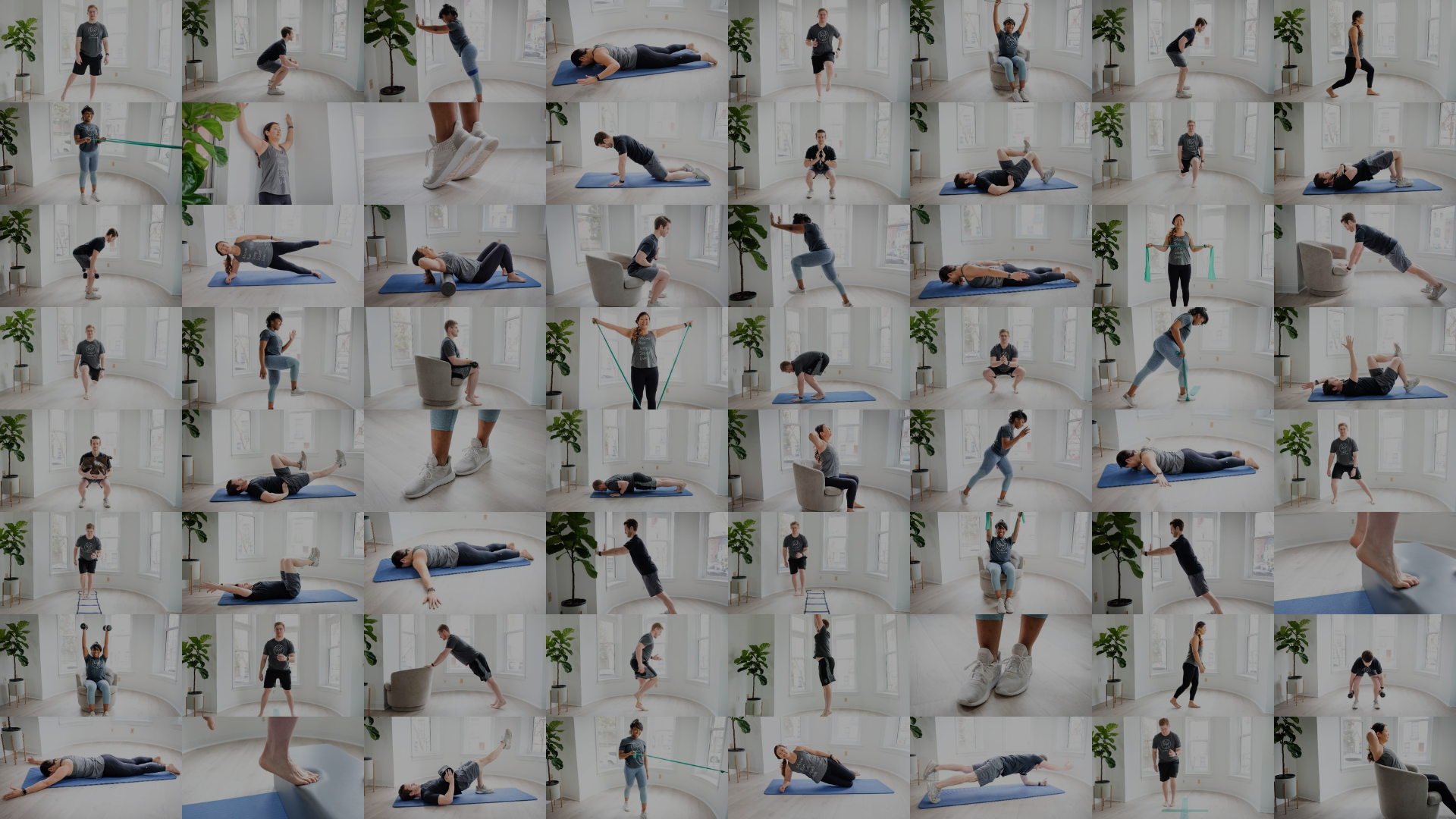
AgeProof Your Body – Exercise Library
Wall Push
Exercise Library > Wall Push
How To Do Wall Pushes
The Wall Push exercise is useful for developing functional lower body strength and power.
While maintaining a plank position on the wall, the Wall Push exercises utilizes the core, hip, and leg muscles to generate force upward and into the wall. This motion mimics the forward progression found in walking, so this exercise can be especially helpful to improve walking speed and stability.
Here are three variations to get started with the Wall Push.
Level 1:
Wall March
Level 2:
Wall Calf Raise
Level 3:
Full Wall Push
Level 1
Wall March
Standing with your hands extended forward against a wall, drive one knee forward toward the wall, then lower it and repeat on the other side.
Keep your body tall and your abdominal muscles active as you alternate marching side-to-side.
Level 2
Wall Calf Raise
Standing with your hands extended forward against a wall, rise onto your heels while continuing to push against the wall, then lower back down.
Keep the core muscles engaged to keep the body tall as you drive your momentum into the wall.
Level 3
Full Wall Push
Standing with your hands extended forward against a wall, drive one knee toward the wall while rising onto the toes of the planted leg.
This combines the march motion from Level 1 with the calf raise motion from Level 2.
🟢 What You Should Feel:
Muscles working in your core / abdominals, and glutes, quads, and calves on the planted leg.
🔴 What You Shouldn’t Feel:
Pain in the wrists, shoulders, back, or legs.
📶 Progression Criteria:
Progress to the next level or add resistance when you can complete 20 reps without pain or fatigue.
More Variations & Progressions
Add a band between your knees for an added challenge.
Start by practicing with with a plank against the wall. If you have wrist pain in this position, consider using your fists or holding a small dumbbell against the wall.
Remember to consult with your individual doctor or physical therapist with specific questions or concerns regarding exercise.
Want to learn more?
Join our online exercise community for individuals 60+ to learn more exercises and strategies for healthy aging from our team of movement experts.






